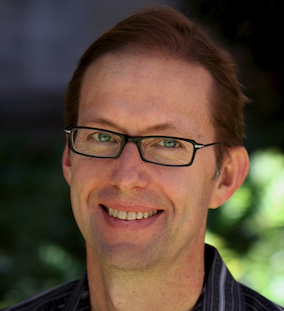How much can a person learn in a lifetime?
- Published25 Jul 2012
- Reviewed25 Jul 2012
- Author Russell Poldrack
- Source BrainFacts/SfN
The amount of information the brain can store in its many trillions of synapses is not infinite, but it is large enough that the amount we can learn is not limited by the brain’s storage capacity. However, there are other factors that do limit how much we can learn.
The first is our limited attention. We can only pay attention to a small number of things at once, and paying attention is usually necessary to create new memories. Because we have only so many waking hours (and a good night’s sleep is necessary to create lasting memories), this limits how many new memories we can form.
A second factor is that the order in which we learn certain types of information matters. The things that we learn first are usually the strongest, and anything learned later will often be weaker. For example, once one has acquired a phobia of snakes, it is difficult to overcome that fear; even if it can be suppressed through therapy, it will often return later.
Finally, there are limits that have to do with our brain’s sensitivity to particular kinds of information at different points in development. For example, research on language acquisition has shown that our knowledge of speech sounds becomes engrained within the first year of life, so that later in life it is difficult to learn new speech sounds that only exist other languages (such as a native Japanese speaker trying to learn the difference between English “r” and “l” sounds).
BrainFacts.org welcomes all your brain-related questions.
Every month, we choose one reader question and get an answer from a top neuroscientist. Always been curious about something?







